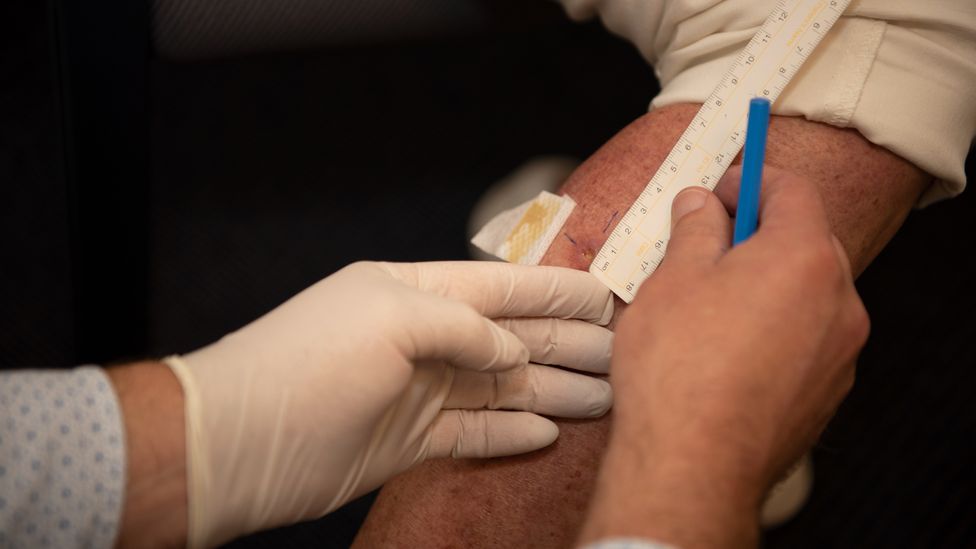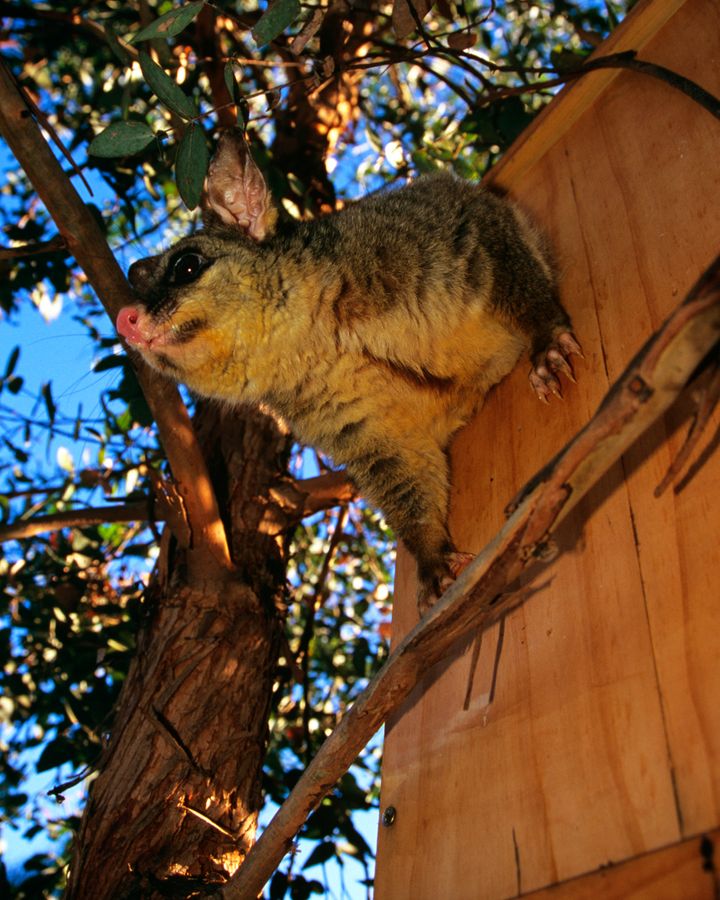Adam Noel thought it was just a mosquito bite. He’d noticed the slightly raised, red mark on the back of his ankle about a week before, but it wasn’t getting better. The doctors thought it was some kind of skin irritation. Two more weeks went by, but his heel now had a hole in it. “There is something very strange going on,” he thought, so he drove himself to Austin Hospital in Melbourne to have it looked at again.
It was April 2020 and the coronavirus pandemic had a firm grip on Australia. Staff were overwhelmed. The doctors told him the wound would heal up soon enough. Instead, after a few more days, you could see his Achilles tendon through the now table tennis ball-sized hole in his flesh. So back to hospital he went, this time to St Vincent’s, one of Australia’s leading hospitals. They kept him in for about a week taking biopsies before finally confirming the cause of Noel’s ordeal. It was Buruli ulcer: a bacterial disease that can cause large open wounds and, if untreated, lead to permanent disfigurement.
It was about six weeks from Noel noticing the mark to getting a definitive biopsy and taking the right medication. The doctors say he could have lost his foot.
Prior to noticing the initial mark, Noel had been doing a lot of work in the garden, digging up the soil to make way for a big shed. “I cut down a bunch of trees that have not been disturbed in 20 years,” he says. “I’m pretty convinced that [getting the ulcer] coincided with disrupting the trees and possum habitat.”
Yes – possums. Scientists believe these fluffy, nocturnal creatures may play a key role in the transmission of the Buruli ulcer to humans. They too suffer from the disease, and the Buruli bacteria – called Mycobacterium ulcerans – is found in high quantities in their faeces. Much natural possum habitat has been lost to development in recent years, bringing possums and humans closer together as the two species vie for space, and quite possibly driving up cases of the disease.





































